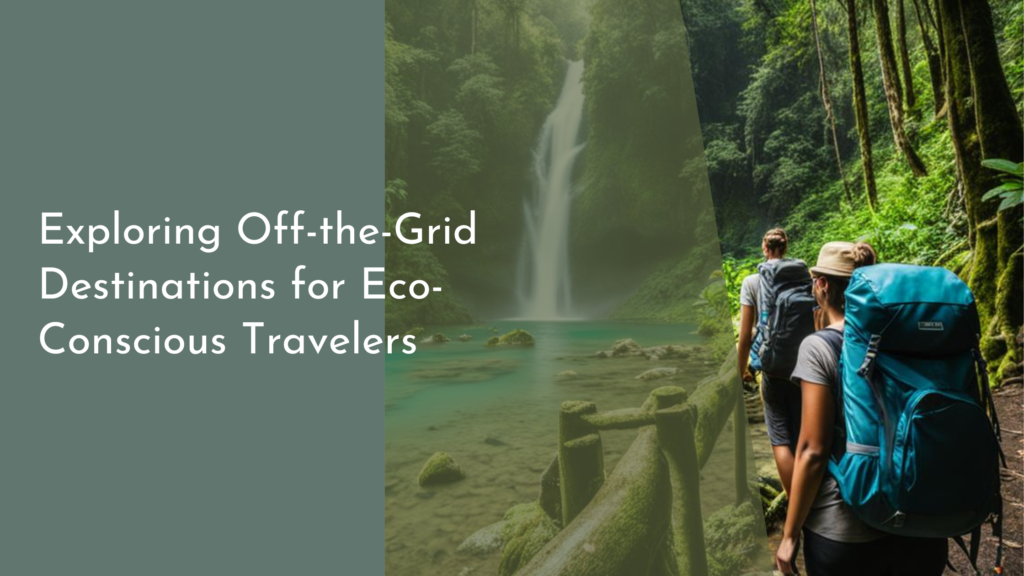Using Urban Forestry to Create Multi-Functional Urban Spaces
Urban areas are traditionally associated with concrete, steel, and bustling activity, but there’s a silent revolution taking place in the heart of our cities—urban forestry. This movement aims to integrate trees and green spaces into urban environments, not just for aesthetics but to create multi-functional spaces that enhance our quality of life. Embracing urban forestry can transform our cities into vibrant landscapes that are not only beautiful but also serve several essential purposes for communities.
As we explore the potential of urban forestry, we discover that it offers a plethora of benefits. From improving air quality to providing recreational spaces, the integration of greenery into urban planning is a win-win situation. Cities that prioritize urban forestry create environments where people can thrive amidst nature, striking a harmonious balance between urban living and ecological sustainability.
Embracing Urban Forestry for Vibrant City Landscapes
Urban forestry represents a modern approach to city planning, emphasizing the importance of integrating trees and green spaces into the urban fabric. This involves planting trees along streets, developing parks, and creating green roofs and urban gardens. Such initiatives not only beautify neighborhoods but also enhance biodiversity by providing habitats for various wildlife species. By reimagining our city landscapes through the lens of urban forestry, we can cultivate spaces that are not only pleasant to look at but also ecologically rich.
Moreover, embracing urban forestry promotes a sense of community. Parks and green spaces become communal hubs where residents can gather, socialize, and engage in recreational activities. The presence of trees and greenery fosters a connection to nature, providing a welcome respite from the hustle and bustle of urban life. As cities continue to evolve, prioritizing urban forestry is an essential step toward creating inclusive, vibrant environments that enhance overall well-being.
Benefits of Green Spaces: Health, Beauty, and Community
The benefits of green spaces are vast and multifaceted. First and foremost, they contribute to improved mental and physical health. Studies have shown that spending time in nature can reduce stress, anxiety, and depression while promoting physical activity. Access to parks and green areas encourages walking, jogging, and outdoor gatherings, ultimately leading to a healthier lifestyle for urban dwellers. The presence of trees also improves air quality by filtering pollutants and providing shade, making urban areas more comfortable during hot weather.
In addition to health benefits, green spaces greatly enhance the aesthetic appeal of urban environments. Well-designed parks and tree-lined streets create inviting atmospheres that attract residents and visitors alike. These pleasing visuals can boost property values, benefit local businesses, and foster a sense of pride within communities. Furthermore, green spaces serve as platforms for community events, workshops, and cultural activities, fostering social bonds and enriching the urban experience.
Innovative Designs: Merging Nature with Urban Life
Innovative designs that merge nature with urban life are becoming increasingly popular as cities recognize the importance of sustainable development. Concepts such as vertical gardens, green roofs, and bio-swales exemplify how urban forestry can be woven into the architectural landscape. These designs not only maximize the use of limited urban space but also promote environmental benefits, such as stormwater management and increased energy efficiency. By creatively integrating greenery into building designs, cities can reduce their ecological footprint while enhancing urban aesthetics.
Additionally, public art installations and nature trails can be harmoniously incorporated into urban forestry projects, creating unique experiences for residents. The combination of art and nature not only beautifies the area but also encourages community engagement and interaction. When innovative designs prioritize the inclusion of greenery, cities become vibrant ecosystems where nature and urban life coexist, offering residents an enriched quality of life.
How to Get Involved in Your Local Urban Forestry Projects
Getting involved in local urban forestry projects is a rewarding way to contribute to your community while making a positive impact on the environment. Many cities have established programs that encourage residents to participate in tree planting events, park clean-ups, and community gardening initiatives. Volunteering for these activities not only enhances the urban landscape but also fosters connections with neighbors who share a passion for creating greener spaces.
Furthermore, residents can advocate for urban forestry initiatives by attending city council meetings or engaging with local environmental organizations. By voicing support for policies that promote green infrastructure and sustainable urban planning, individuals can influence decision-makers to prioritize urban forestry in city development. Engaging with social media platforms and community boards can also raise awareness and rally support for urban forestry projects, ultimately leading to a greener, more sustainable urban environment.
Urban forestry has the potential to revolutionize our cities, creating multi-functional spaces that enhance health, beauty, and community connections. By embracing innovative designs and actively participating in local projects, residents can play a vital role in transforming their urban landscapes into vibrant ecosystems. As we continue to prioritize green spaces in our urban planning, we pave the way for a healthier, happier future for all city dwellers, fostering a harmonious balance between nature and city life. Let’s work together to nurture our urban forests and create thriving communities for generations to come!

